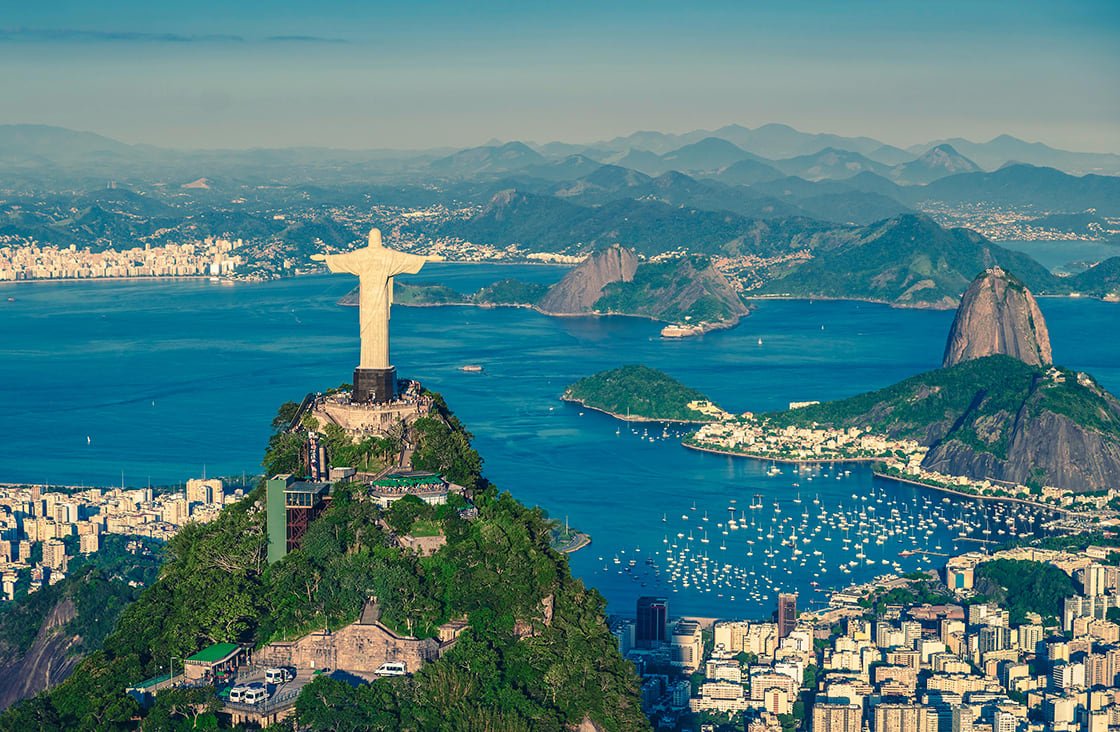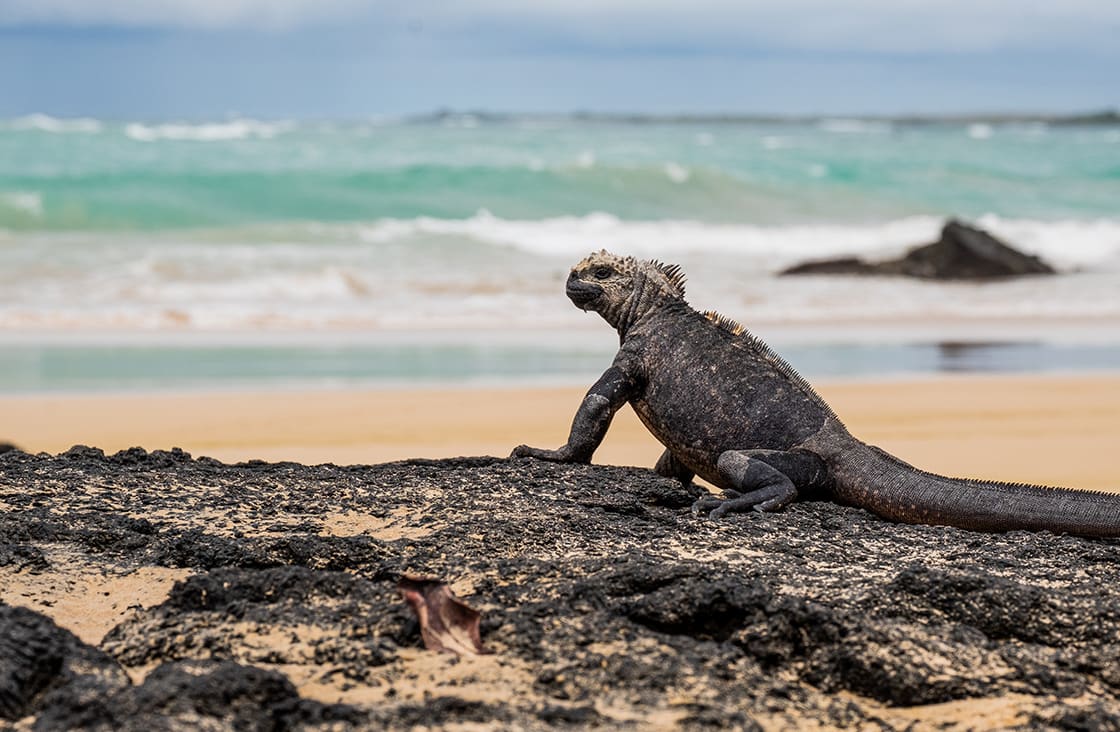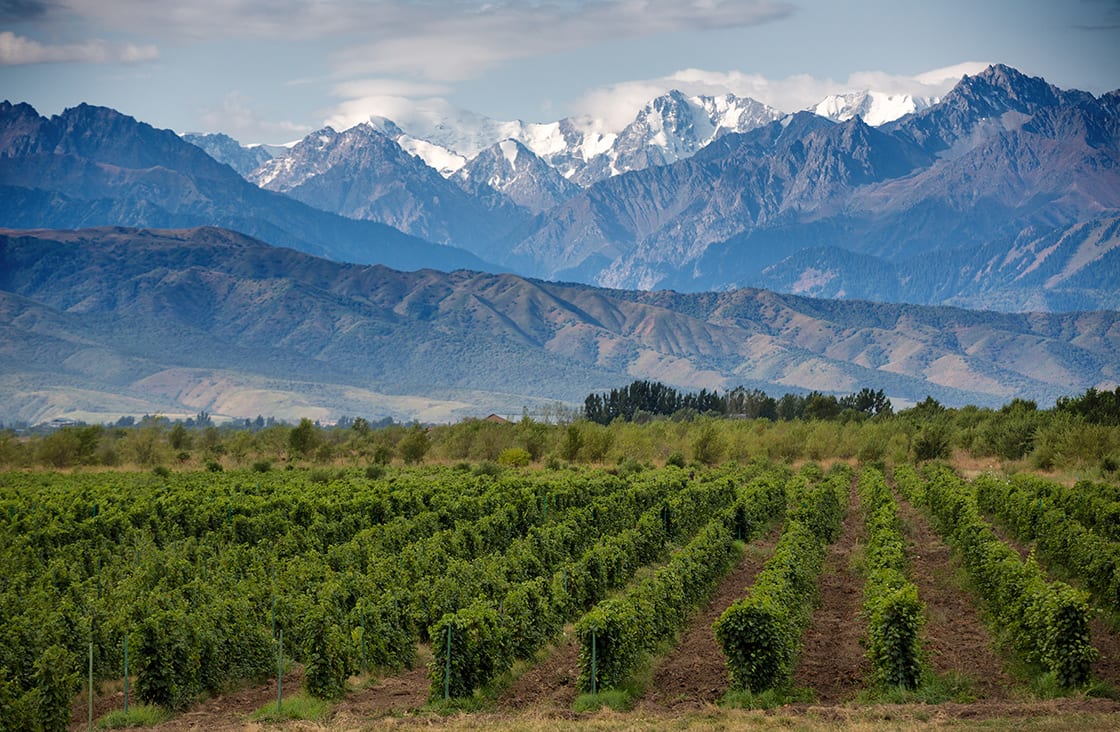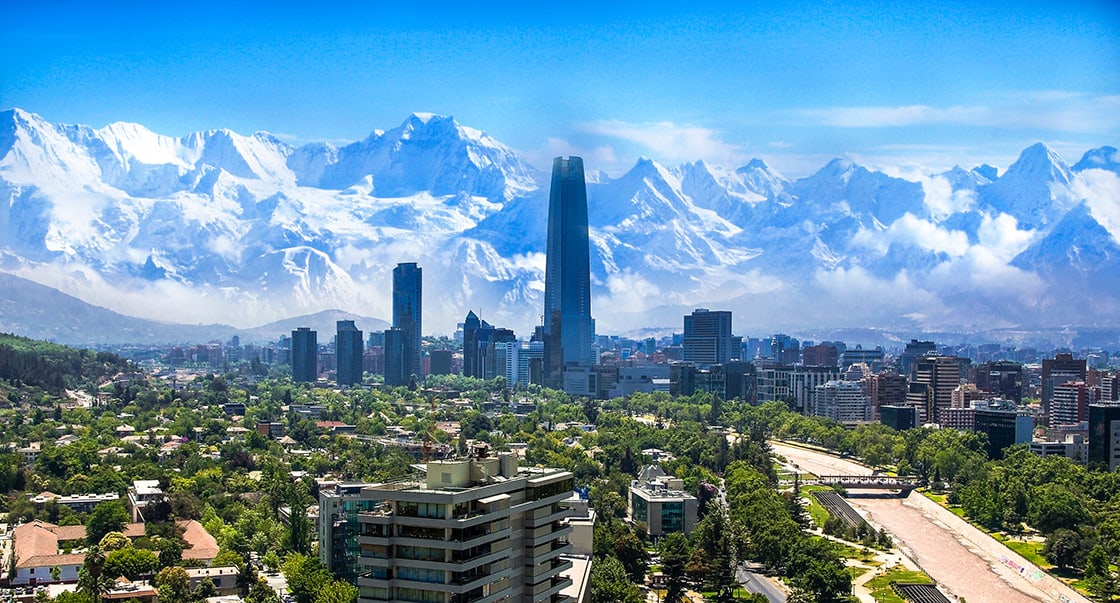
So, you want to vacation in South America, and you’ve done the hard bit – deciding which of the countless incredible destinations to explore. But with such a complex array of dry seasons, rainy seasons, altitudes, and tourist peak seasons in South America, where on Earth do you start when it comes to planning the when?!
In this post, you’ll find out the pros and cons of visiting this glorious continent at different times of the year, and you’ll be fully equipped for booking that adventure.
If you’ve got this far already, you won’t need reminding that South America is a vast continent, comprising 12 different countries, and spanning nearly 7 million square miles in area. It’s a place of endless discovery, but the swampy mangroves, snow-capped mountains, bone-dry deserts, misty forest valleys, volcanic islands, and dynamic cities of South America all come with their own unique set of weather systems and other travel factors.
The truth is, there is so much variation and range that it’s next to impossible to say what are the ‘best’ months to visit South America – it is a year-round destination and you’re sure to have the time of your life whenever you choose to go. However, there are a few general rules that are useful to bear in mind when planning your trip.
Read on for a breakdown of just what happens, and where, in a South American year.

Iguana At The Beach
Widely considered the best time of the year to visit South America due to its balance of comfortable temperatures and dry weather, spring hails the arrival of stunning wildflowers and newborn animals and the departure of the winter tourists.
It’s the dry season for Bolivia’s iconic salt flats (Salar de Uyuni) which means that although you’re unlikely to see the stunning mirror of water that occurs in the wet months, the climate is perfect for exploring.
Likewise, for the Amazon Rainforest, dry season (June to November) means that river levels are low, exposing more hiking trails, and making fishing much more successful – and there are fewer mosquitos about. Being off-peak, the trails and lodges are also less crowded. However, visiting the Amazon in flood season has its own set of benefits – more on this later.
It’s also an ideal time for sightseeing in cities – as a shoulder season, the crowds won’t be overwhelming in urban hubs like Buenos Aires and Rio de Janeiro, and the temperatures will be more manageable.
Although a Galapagos Cruise is a year-round activity, spring is an active time for the islands’ wildlife, rainfall is low, and the skies and seas are calm – ideal sailing conditions.
Unmissable festivities in Ecuador take place on November 2nd – Día de Los Difuntos (Day of the Dead) with feasts, flowers, and fine clothing, and on October 9th, with the city of Guayaquil’s Independence celebrations.

Nahuel Huapi Lake near Bariloche, Argentina
For most of the continent, these months are the hottest of the year and the wettest. December is a high tourist season so prices will be higher, and sites of interest will be more crowded. A weather phenomenon known as El Niño sweeps across South America sporadically, every two to seven years, causing upheaval in many of the normal weather systems at this time of year.
Summer is the time for street parties and beaches – and South America has a lion’s share of festivals and sensational coasts. But be aware – they will be busy! Copacabana beach in Rio de Janeiro gets crowded during the world-famous Rio Carnival that takes place in February.
The rainy season sets in throughout much of the continent, except Patagonia in the south which, together with its milder temperatures, makes visiting Patagonia an ideal summer destination for wildlife watching and hiking.
Bear in mind that the Inca Trail leading to many ancient Andean citadels is closed for maintenance work during the month of February. The Pantanal and the Amazon also bear the brunt of the soggy weather so explorable areas can be limited in the summer, and Buenos Aires in Argentina can be unbearably hot.
The Ecuadorian coast is at the mercy of the rainy season, but summer rains give way to crystal clear blue skies and high temperatures, which are replaced in the dry season by overcast clouds.

Vineyards in Mendoza, Argentina
Another shoulder season, autumn shares many of spring’s benefits and is a great time to travel to South America because of the lower tourist numbers and milder temperatures. The summer rains leave landscapes lush and green, the city temperatures are bearable again, and the prices are much lower.
The Argentinian wine region of Mendoza is busy with winemaking activity – a great time to get involved in a wine tasting tour. The undulating hills are hydrated and the heat is more subdued in these parts.
Despite being at the tail end of the rainy season, autumn is an excellent time for an Amazon River Cruise because of the high river levels opening up creeks and waterways that aren’t accessible at other times of the year. The increased rainfall draws out animals and marks the beginning of their mating season, as well as saturating the colors of the rainforest.
The sea is at its warmest in the autumn months and provides perfect conditions for snorkeling at the coast. It’s a good time to visit the Galapagos Islands, making the most of calmer seas and skies, and a plethora of wildlife to see. The Uyuni salt flats are transformed into a spectacular reflective surface in the autumn making for jaw-dropping photos.

Urban View of White Santiago, Chile
Winter in South America marks the end of the wet season – be ready for clearer skies and cooler temperatures. This is probably the busiest tourist time, but for good reason – the clear conditions are perfect for visiting sites like Machu Picchu and hiking in general (make sure to book Inca Trail tickets six months in advance), and Brazil’s epic wetland the Pantanal brims with wildlife at this time of year. Explore the Atacama Desert in the winter and be rewarded by astonishingly clear starry skies at night.
Patagonia in southern Chile and Argentina is mostly shut down in the winter by harsh ice and snow, but some areas are open for skiing and other snowsports. It’s also worth bearing in mind that during the dry season a dense fog called La Garua descends on Peru’s capital of Lima, whereas nearby Cusco benefits from blue skies and minimal rain.
Buenos Aires hosts the Tango’s International Festival and Dance World Cup in August each year which is worth a trip, while the end of July transforms a small Bolivian town called San Ignacio de Moxos into a wild summer party of costumes and color.
When it comes down to it, much depends on the activities you’re planning and where you’d like to visit. Many places in South America make good all year round destinations, such as the Galapagos Islands which have a constant succession of nesting, breeding, migrating, and hatching seasons, but some places need a bit more careful planning. Some sites can come to life in mystical rainy weather, while others are obscured, and in some parts of the continent such as Torres del Paine in Patagonia, the weather can whistle through several seasons in just one day! It’s always wise to know what’s coming, so do your homework, then get packing!
While Rainforest Cruises aim to provide accurate and up-to-date information, we make no representations as to the accuracy or completeness of any information herein or found by following any link on this site. Rainforest Cruises cannot and will not accept responsibility for any omissions or inaccuracies, or for any consequences arising therefrom, including any losses, injuries, or damages resulting from the display or use of this information.




